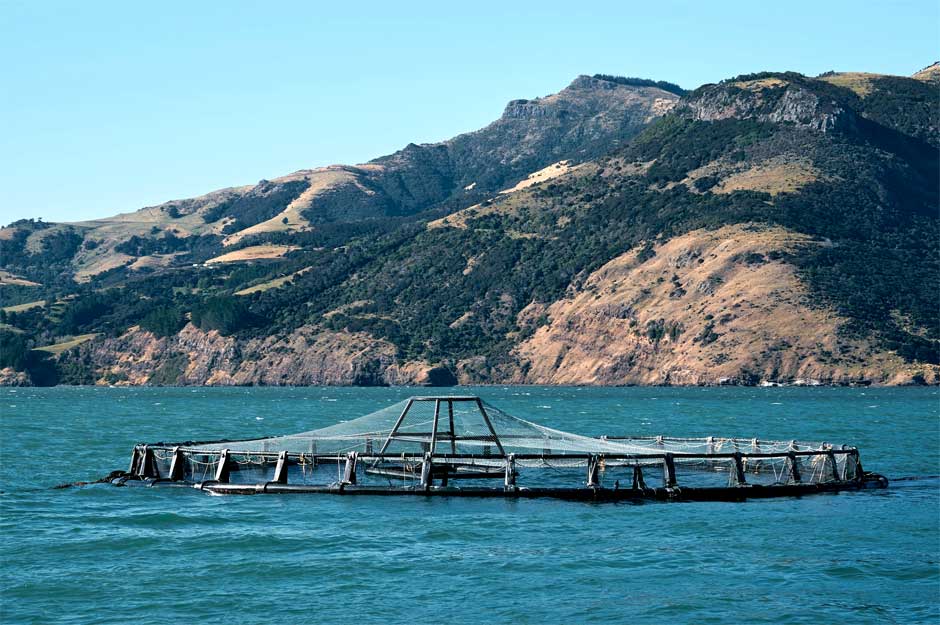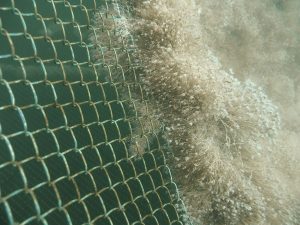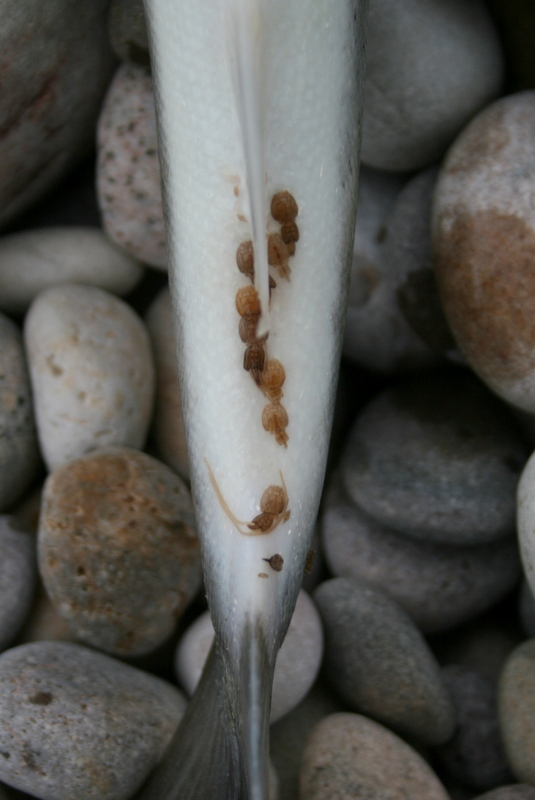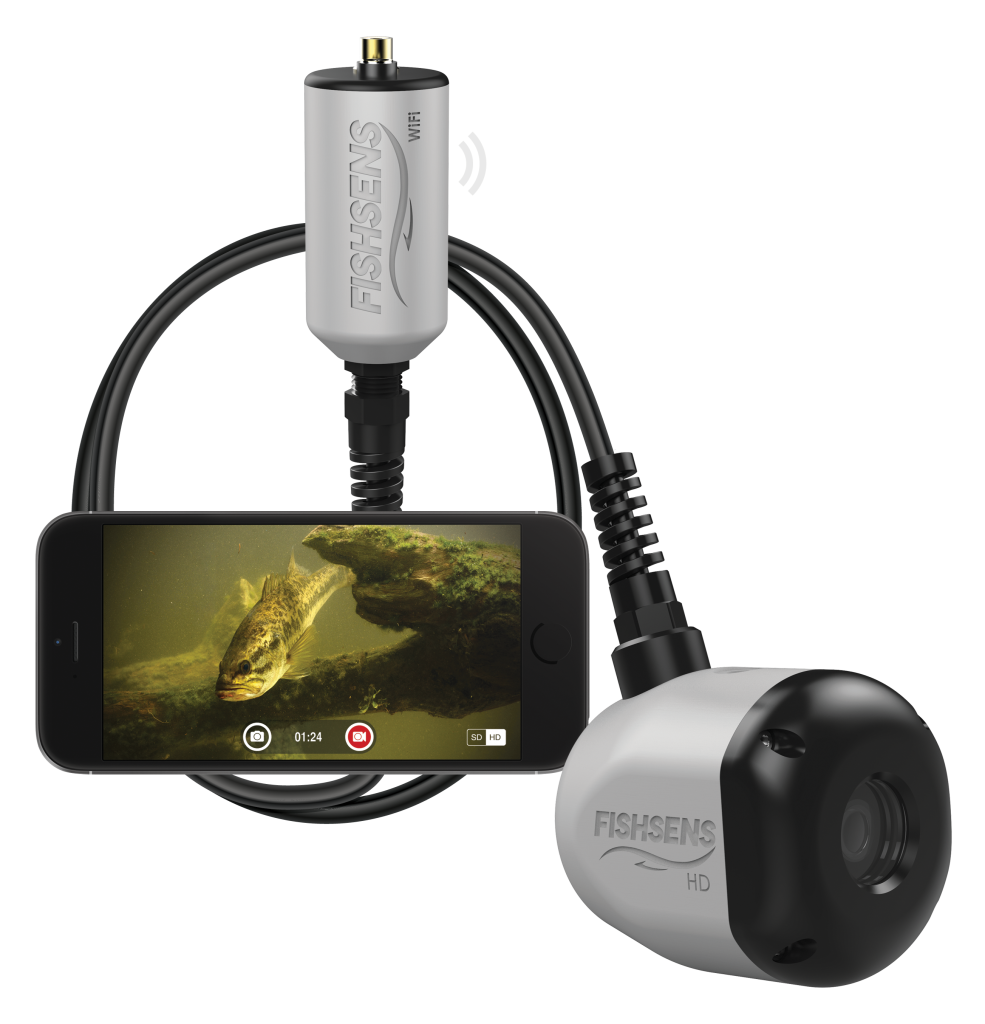Underwater Cameras: A must-have tool for offshore aquaculture

In August of 2017, an aquaculture pen off the coast of Washington state broke and released thousands of non-native salmon into the waters around the San Juan Islands. Anywhere from 160,000 to around 250,000 salmon escaped.
What followed was an unrestricted fishing derby, inquiries, inspections and change to state law. Pen integrity became an issue of far more than corralling salmon. Less than a year after the pen collapsed, the state banned aquaculture of Atlantic salmon in its waters.
Inspection is of clear importance to open ocean aquaculture. Even outside the extreme examples of thousands of fish escaping into ecosystems where they could establish a presence as a non-native species, inspection of pens, other facilities and fish is a necessary part of open ocean aquaculture. Underwater cameras are possibly one of the cheapest, most convenient options available to aquaculturists today.
Underwater cameras for biofouling
When the Atlantic salmon pen collapsed, it was likely due in part to corrosion and weak anchor points. But, a report by the state of Washington pinned most of the blame on excessive biofouling of the pen. It had too many mussels and other organisms growing on it to keep its integrity. It’s well-known that biofouling increases both the weight and drag on a net pen. Nets, anchor lines and any submerged infrastructure offer places for marine life to grow.
Biofouling, for a host of reasons, can be a major problem for ocean aquaculture. Beyond compromising a salmon pen’s integrity, it can interfere with the functionality of monitoring equipment (like the all-important dissolved oxygen sensor), compromise fish health, and contribute to eutrophication that can introduce toxins to an enclosure or crash dissolved oxygen.

Biofouling can have implications for fish health and structure integrity for aquaculture operations. Credit: Enviromet/Wikimedia Commons
At a certain point biofouling becomes a problem and clearing it from a net pen is an essential part of maintaining a healthy stock of fish. As with most things, recommendations and requirements for cleaning nets of biofouling vary from country to country and even farm to farm. Still, one thing is constant: Visually inspecting nets and anchor lines for biofouling is a vital first step in and a valuable resource throughout the process of managing the harmful effects of biofouling.
An emerging trend in managing biofouling sees aquaculturists preventing ocean organisms from maturing and establishing a presence on the net pen. There have been advances and successes in achieving this goal, but it often requires employing autonomous vehicles that constantly clean nets. Other technologies, like antifouling nets have entered the market, but knowing if and when to remove biofouling organisms is a key first step in management. You can’t manage what you don’t know.
Underwater cameras provide a reliable, constant and relatively cheap monitoring option for those with biofouling concerns, especially deep under water. An underwater camera can do the job of a remote-control submersible or a diver with far less hassle and cost. It might serve as a first check before employing one of these more involved options.
Whether or not the information gathered by an underwater camera leads to deploying another inspection technique, underwater cameras are an important first step. They can reveal problems of biofouling, including issues that could impact not only net integrity, but fish welfare.
Underwater cameras for fish health
Biofouling intersects with fish health in a variety of ways.
Biofouling has been identified as a harbor for sea lice. Though that notion is a matter of some dispute, underwater cameras might help identify conditions conducive to an outbreak of the lesion-causing parasite.

Sea lice, a concern for open water aquaculture, can be detected early using underwater cameras. (Credit: Des Colhoun)
Further, certain animals that are often present in biofouling growth can directly harm aquaculture fish, like salmon. After growing large enough, certain anemones can sting and scar salmon if they come into contact, harming the fish, lowering or eliminating their market value and making them more susceptible to disease.
Cameras can help farmers keep tabs on fish health as well.
Like the sea lice mentioned above, other diseases have obvious, visible expression in fish populations. Video from underwater cameras can reveal diseased individuals and trigger treatment before a disease or parasite spreads.
Emerging artificial intelligence may make diagnosing diseases even easier and underwater video more important than ever. For over a decade, researchers have been working toward artificial intelligence that can identify diseases in fish.
Cameras increase aquaculture expertise, profits
At the same time, researchers argue that “people matter in disease diagnosis.” They mean that there is no replacement for a knowledgeable and attentive farmer when it comes to ensuring the health of aquaculture fish. And there is no easier way for a farmer to get their eyes on their fish than with an underwater camera.

Underwater cameras provide clear views and increased insight into the health and welfare of aquaculture fish. (Credit: FishSens)
Sick and unhealthy fish are obviously bad for business, but the opposite is true as well. Healthy fish are good for business and being able to prove it can be great for business too. The Texas A&M AgriLife Extension Service notes that “farmers who can document the health status of their fish have a competitive advantage with customers and regulators, who recognize the benefits of a safe product.” Not only can cameras help prevent disease, they can provide documentation that fish have been healthy from start to finish, a boon to any business.
It seems obvious, but farmers need to visually inspect both their fish and their aquaculture enclosures. It’s a necessary first step in avoiding catastrophes like rampant disease or a collapse of a net pen. And, while other methods exist for getting eyes on nets and stock, none are as convenient and adaptable as an underwater camera. Whether fixed or mobile, an underwater camera allows a necessary window into a world otherwise difficult to access.
Top image: An open water fish farm pen in the ocean off the coast of Maine. (Credit: NOAA National Ocean Service)



Pingback: FishSens Magazine | Sea Lice and Salmon - FishSens Magazine